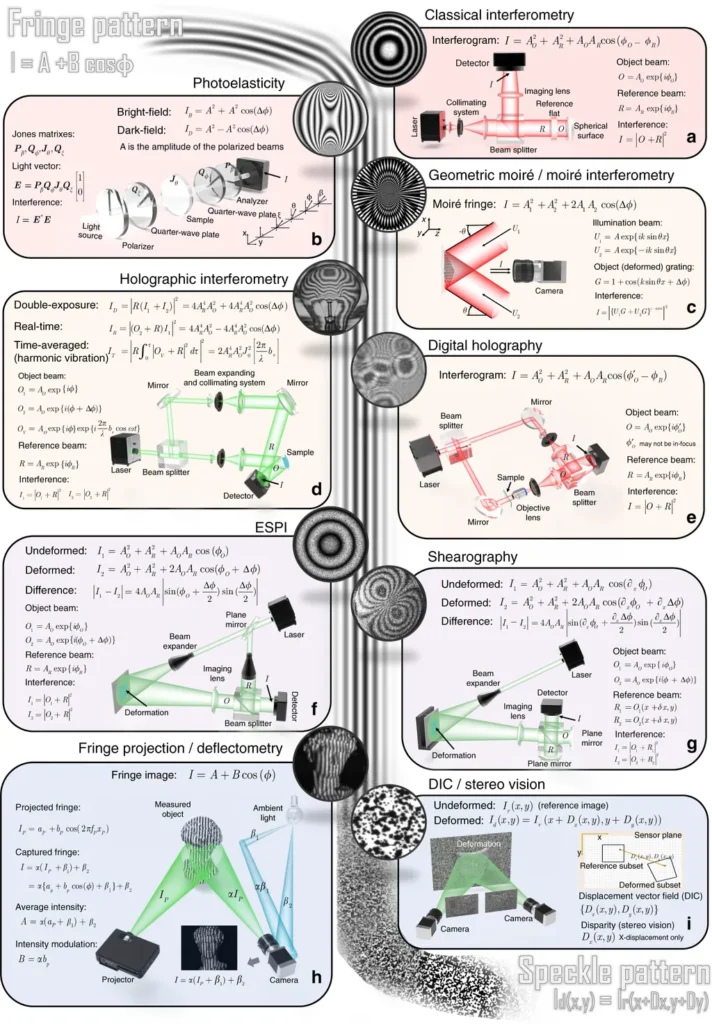Researchers from the National Astronomical Observatories of the Chinese Academy of Sciences, led by Zitong Wang and Feng Shi, have developed a novel approach to improve the analysis of 21-cm intensity mapping (IM) data, a technique used to study the large-scale distribution of neutral hydrogen (HI) and extract cosmological information. Their work, published in the journal Physical Review D, focuses on mitigating the effects of bright foregrounds and frequency-dependent beam effects that can compromise traditional data cleaning methods.
21-cm intensity mapping is a powerful tool for cosmological studies, but it faces significant challenges in isolating the faint HI signal from much brighter foreground emissions and instrumental effects. Traditional methods like principal component analysis (PCA) can inadvertently remove parts of the cosmological signal along with the foreground noise. To address this issue, the researchers have explored deep-learning approaches that can learn to distinguish between contaminated and true cosmological signals.
In their previous work, the team developed a frequency-differencing (FD) method to help isolate the HI signal. In this new study, they systematically compare FD-based and PCA-based reconstructions using realistic simulations that include both foregrounds and beam convolution. They found that both methods perform similarly when there is no beam or when a Gaussian beam is used. However, under a more realistic cosine beam, both methods systematically underestimate the large-scale cross-correlation power spectrum, particularly for scales larger than about 30 megaparsecs (a megaparsec is roughly 3.26 million light-years).
To overcome this limitation, the researchers developed a hybrid approach that combines the strengths of both FD and PCA methods. They trained a deep-learning network called UNet with two input channels, one constructed from FD and the other from PCA cleaning. This two-channel strategy allowed the network to simultaneously exploit the advantages of both inputs, resulting in superior performance. The hybrid approach maintained the cross-correlation power spectrum close to unity on large scales under a cosine beam, improving by 5-8% compared to using either FD-based or PCA-based UNet alone.
The researchers conclude that providing complementary FD and PCA information to a single deep network is an effective way to achieve robust HI reconstruction. This advancement lays the groundwork for precision baryon acoustic oscillation (BAO) measurements with future low-redshift 21 cm IM surveys. BAO measurements are crucial for understanding the expansion history of the universe and constraining the properties of dark energy.
The practical applications for the energy sector, particularly in the realm of renewable energy, lie in the potential to improve the accuracy of cosmological measurements. A better understanding of the universe’s expansion and the properties of dark energy can inform models of the universe’s future, which in turn can guide long-term energy planning and investment in renewable energy technologies. Additionally, the deep-learning techniques developed in this research could be adapted to improve data analysis in other fields, including energy research, where complex datasets often require sophisticated analysis methods.
This research was published in the journal Physical Review D, a peer-reviewed publication that covers topics in particle physics, field theory, gravitation, and cosmology.
This article is based on research available at arXiv.

